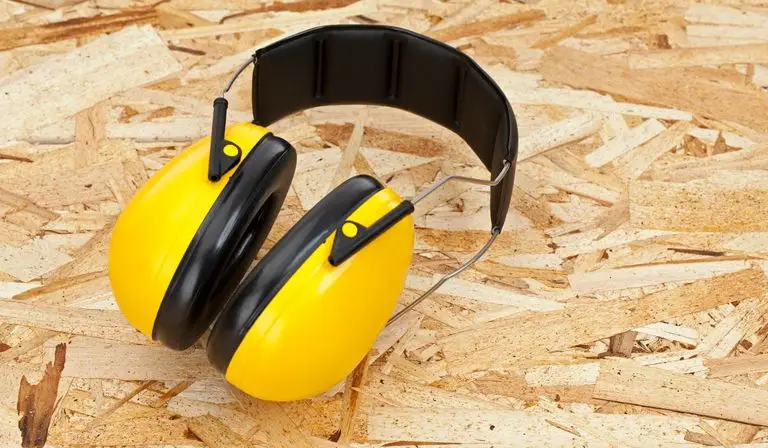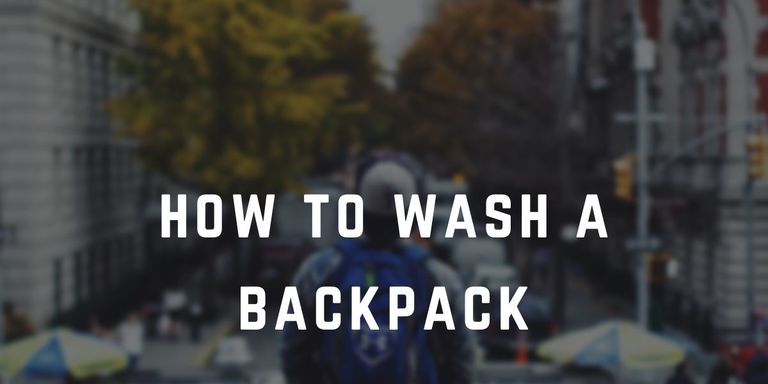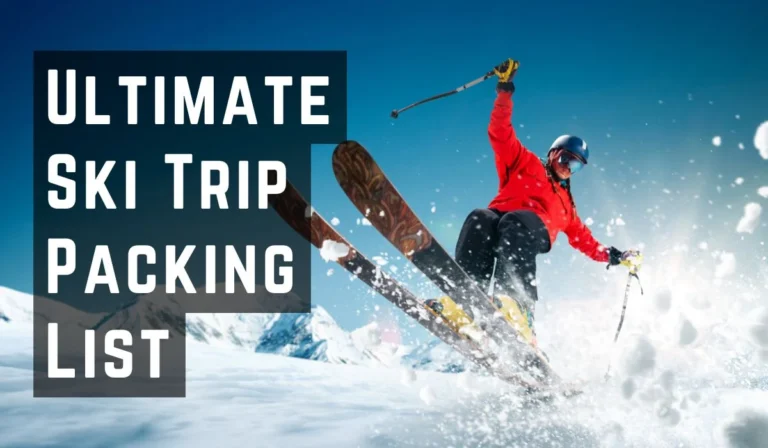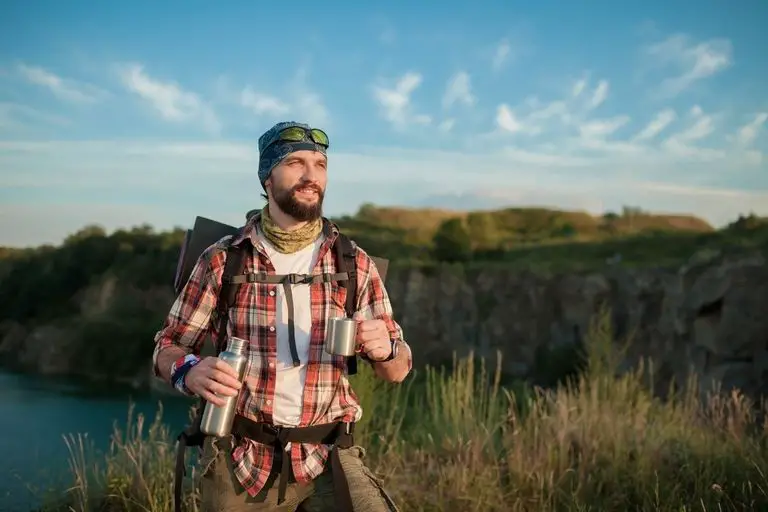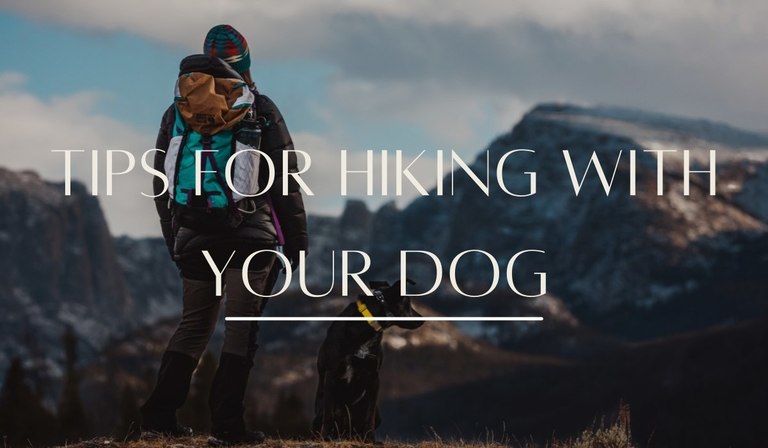Easily Learn to Use a Compass in the Backcountry
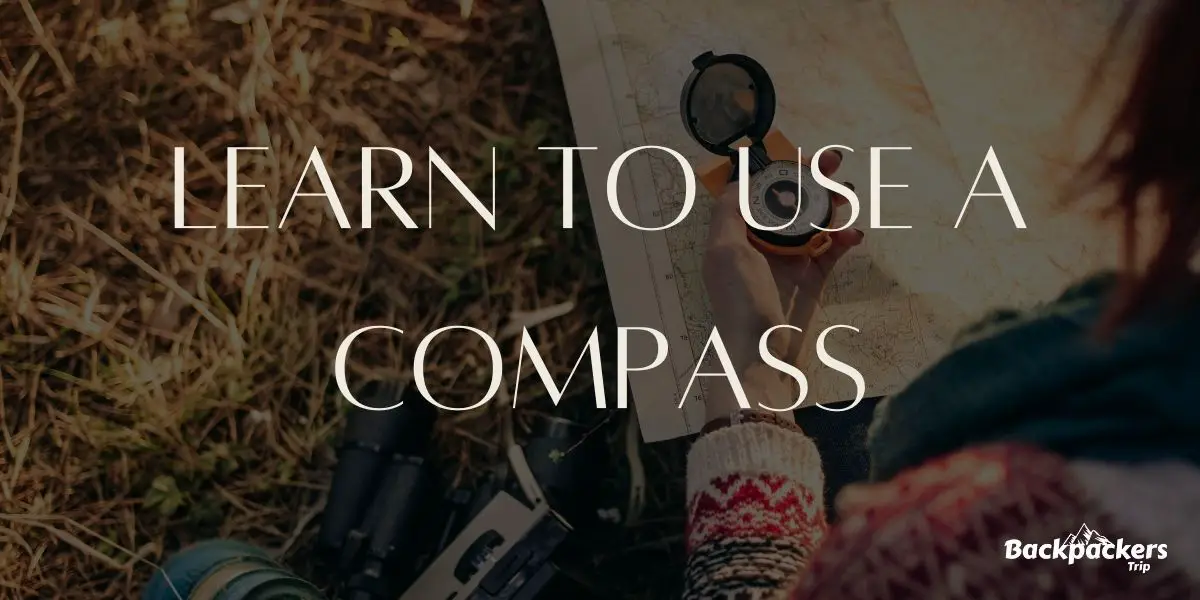
When you love nature, it feels like every bit of that is made just to amaze you, especially when it’s the backcountry. The green, the view, the freshness – it all feels simply astonishing. But that’s only till you know how to get there in the first place.
Now imagine, how’d you feel when you lose your way while exploring the greenery? Yeah, I know those chilled waves of fear are a lot to handle at that time. That’s why you need to learn to use a compass in the backcountry to make sure that you never face that demon of fear there.
So, today I’m going to get you everything you need to know about utilizing that compass on your hand. It’s time to be your own navigator.
Why Do You Need to Learn to Use a Compass?
I know what you’re thinking. Yeah, things are pretty much easy these days right after the GPS has arrived. But maybe you’re forgetting something. They’re electronic gadgets and they’re not only dependent signals but power as well. This means they can run out of both any time.
So, if you really don’t want to take that leap of uncertainty, learning to use the compass can be your last resort at times. Moreover, compasses don’t need batteries or software updates too. Maybe they’re old school, yet they’re accurate all the time, but that’s only when you know how to use them.
What Do You Need To Navigate with a Compass?
In the human body, the brain is of no use if no other organ is there to assist it. Just like that, if you really need a compass to be useful, you better get some more tools too. So, let me get you a list that you’ll need to be a master navigator. Pack your backpack with these essentials before you go for any backpacking trip.
Navigational Compass
The first thing you’ll need here, the obvious – a navigational compass. Make sure that it comes with a rotating bezel as well.
Writing Utensils
Grab a pen or pencil as you might need them to point out the destinations. Pencils are better as you can correct any mistakes on that. You better get a ruler too. After all, the destinations can be quite distant from each other.
Detailed Topographic Map
If you really want to make the map useful, grab the detailed topographic map in the first place. They’re more specific and helpful.
How to Use the Compass?
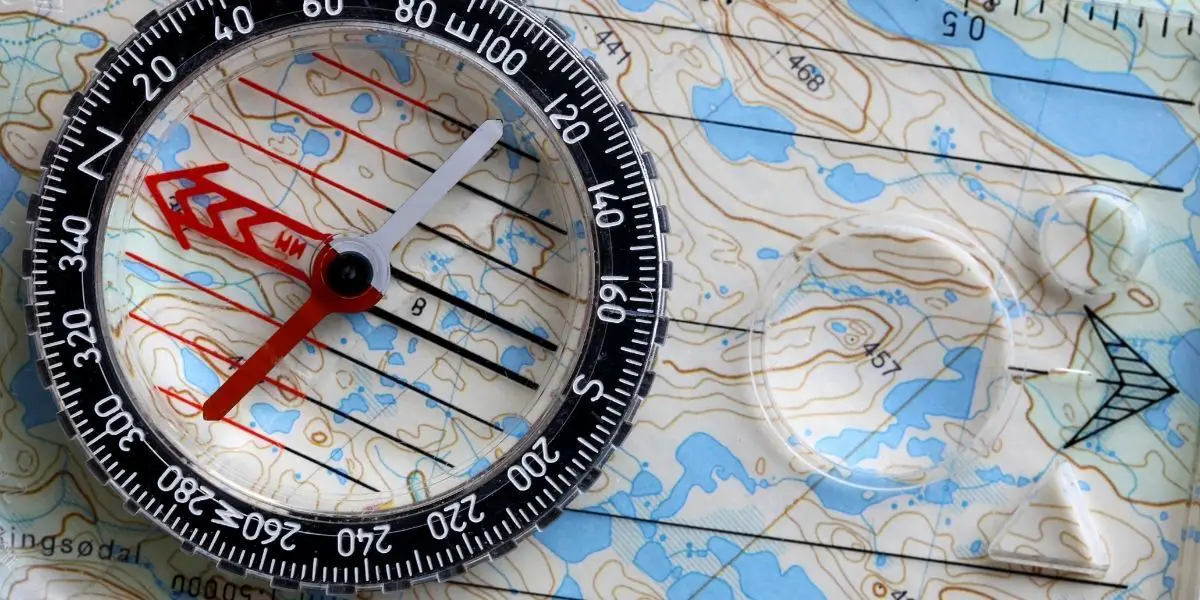
Well, here comes your long-awaited part – how you’re going to use the compass in the backcountry. Doesn’t matter whatever you try to ‘Use’, you can’t make it useful to the fullest in the wrong way. The same goes for the compass as well. So, the first thing you need to do with the compass to use it is –
Taking a Bearing
One of the best ways to fix the direction for your next destination is to take a bearing. But to do that, you’ll need to find out your current position on the map. Consider it as Point 1. Pinpoint it with your pencil first. Then find out where you want to be, I mean your destination and mark it as Point 2.
Now all you need to do is determine the direction from point 1 to 2 and that’s what calculating a bearing all about. So, the first step on that part starts with connecting the dots of two locations you’ve made with the pencil. The outer edge of the compass will help you out with that.
If these points are too far from each other, use the ruler. Now connect them with drawing a line in between. Then rotate the bezel and match the grid lines on your map with the ones on the baseplate. Check out the number right next to the index line as that’s your bearing.
As you’ve got the bearing now, don’t even think about rotating or spinning the compass’ bezel. Just hold the compass level and slowly turn yourself till the bezel’s north arrow matches to the needle of the compass. Voila! You’re now looking at the direction of your destination.
Aiming off
Follow the bearing is much easier when you’re walking on a flat surface. But with the backcountry, you know things aren’t going to be like that always. Don’t worry, there’s a solution to that too called the aiming off.
Here, you’ll have to target a location with an alternate bearing that has a road, trail, or waterway that connects to your destination. You might end at a couple of hundred yards far from your destination but the natural or manmade trails within will get you to your place.
Declination
Want to know about the trickiest part of a compass? Well, it’s called declination. You’ll find the North on the map easily as its right there on the top. But in the actual world, its true north and magnetic north differ by some degrees. This difference is what we know as declination.
The matter of fact is even 1° of error can change course from 100 feet to even a mile. So, if you’re thinking about not adjusting that part, then get ready to walk on the wrong road.
But if you want to adjust, get the declination value of the area where you’re planning the trip. The topographic map list it. But that doesn’t mean it won’t change with the time.
To be sure about that, check out your map’s revision date. But if you want to keep it short, you can consult the NOAA for magnetic declination too. By the way, the NOAA stands for National Oceanic and Atmospheric Administration, in case you didn’t know.
How you can get the declination adjusted depends on the compass brands as well. Because the instruction on that for all are not the same. Follow the instruction came with your one on that. Once you’re done with it, nothing else should be able to stop you with the smooth navigation.
Final Words
Not everywhere you’re going will come with a signboard. And the GPS? Well, how can you be sure that the tech won’t let you down in a crucial moment? In such times, the only thing you can rely on is your skill and your compass.
So, you better learn to use a compass in the backcountry if you’re not planning on getting lost. As I said before, it’s time to be your own navigator. Check out a few other backpacking tips and safety skills before you head over to an outdoor expedition.

